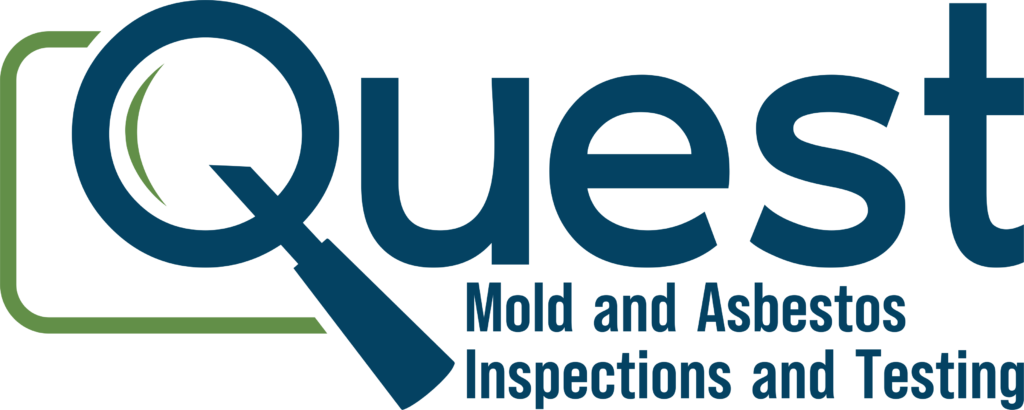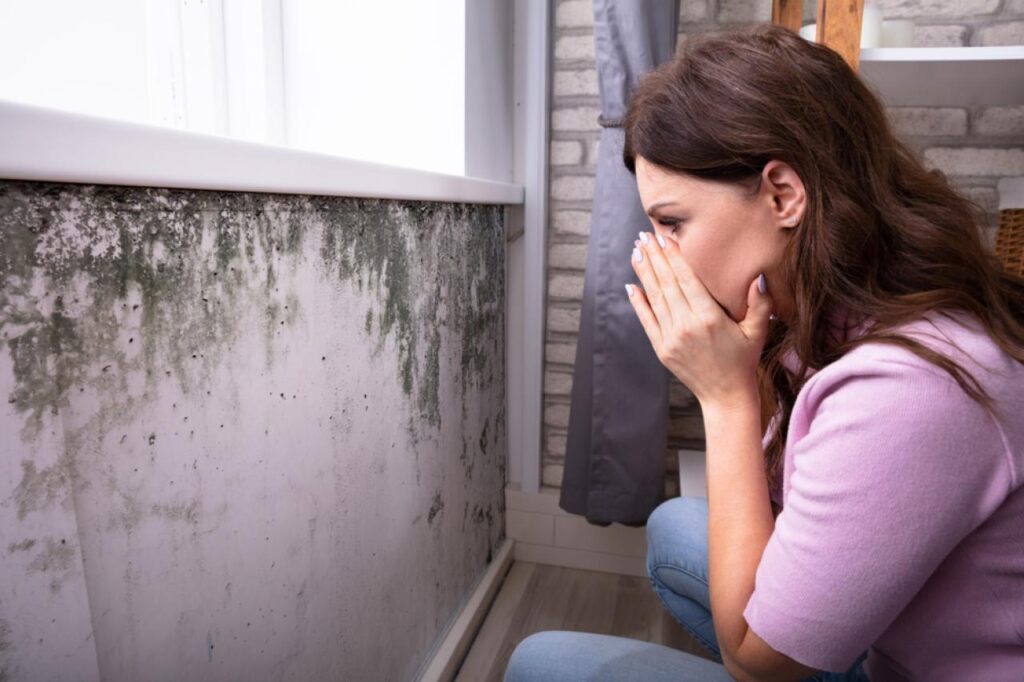Molds exists everywhere whether we see it or not. They even exist in your home, and most likely you are breathing its spores now while you are reading this. Given that, people have been asking various questions regarding molds. Is it dangerous? What is even a mold? etc.
So today, we offer answers to 7 Frequently Asked Questions about Molds at Home:
FAQ #1 What is mold?
Mold is a living organism under the classification of a fungus. It grows in the form of thread-like filaments called hyphae and collectively called mycelium which is the reason molds become visible to the human eye. It is important to note that molds are naturally occurring, and they a play vital role primarily in breaking down dead organic material. Interestingly, though molds are living organisms, they don’t have the ability to move.
FAQ #2 How does mold grow at our homes?
Molds reproduce by releasing minute spores that can be distributed through the air, water, or on animals, a similar mechanism on how plants are multiplied through its seeds. When mold spores drop on places where there is excessive moisture, such as wet roof, walls, or pipes, or flooring that has been flooded, they will grow. Thus, mold growth is basically a healthy and growing mold that landed on an area or material that is conducive for living and spreading.
FAQ #3 What causes molds at home?
Just like any other living organism, molds need water, food, oxygen, and the right temperature to grow and to survive. Molds best grow when an area or material is damp or wet. That is why, you usually see molds on the sink, or leaking roof, or wall, or anything at home that has been exposed or a source of moisture. Molds also grow best when the air is humid, and the temperature is around 25 to 30 degrees Celsius (Just like we prefer too). Molds also best grow with organic materials that serve its food and nutrients just like wood, paper, and dust and dirt.
FAQ #4 What type of molds are usually present at home?
There are at least 100,000 mold genera in the world and among those numerous species, the most common molds at home are Aspergillus, Cladosporium and the black mold. Aspergillus is the type of mold at home that is ubiquitous– meaning they are visibly present everywhere. They are usually powdery colony that ranges from yellowish green to bluish-green spore. They are usually can be found on dead leaves or any decaying organic material, and which spores can be carried inside the home through one’s shoes or clothes and which they can possibly land and grow on a wet carpet. Next is Cladosporium. It is a common mold at home that appears in clusters of olive-green spots, brown or black. Just like any other common molds, they can be found everywhere indoor as long as it has enough moisture usually on an air conditioning system. However, unlike aspergillus, it is unlikely to detect this type of mold with our naked eyes since it can be misattributed to other common molds considering there at least 100 species of its kind. Finally on our list is Black Mold or scientifically named as Stachybotrys. By the name people call it for, it is a mold normally dark brown or black in color with grayish white root-like strands on its outer surface. Usually, they can be found on wet organic materials with high cellulose content such as ceiling tile, wallpaper, insulation, and even paper files and condition with relative humidity usually similar what humans consider as warm. These are 3 common molds at home. But, since molds can be found anywhere, other mold species can possibly enter and grow indoor.
FAQ #5 Are molds dangerous to our health?
Yes, molds have a threat to our health but not directly lethal. This means that when you breathe or touch mold spores, it doesn’t immediately affect you. However, this still should be given attention since most common molds at home are not yet visible, so likely they have been inhaled and they either/or allergenic, pathogenic, and toxigenic. Cladosporium is an allergenic mold which causes allergies to people. Thankfully, most species of this mold are not dangerous to humans. They just trigger allergic reactions such as sneezing, asthma, skin rashes, etc. On the other hand, Arpergillus is a pathogenic mold which triggers illnesses in people who have existing health problems. The most common infection caused by this mold is called aspergillosis which affects the respiratory system, and it may develop into invasive aspergillosis which can cause serious lung problem and may spread to blood vessels and even affect other organs. Finally, Stachybotrys or the Black Mold is a toxigenic mold which is believed to be dangerous among the categories since they create their own toxins. Although no scientific evidence has yet proven that is more dangerous than other mold exposure, surely the toxins it releases can lead to health problems that are sometimes lethal. One of the species of Stachybotrys is a toxic black mold which current studies suggest being a factor to a health problem called mycotoxicosis or mold poisoning which symptoms range vastly from headaches and pains to nose bleeding and even memory loss.
FAQ #6 Can I remove molds by myself?
While others say that you can remove molds especially if the infestation is still manageable like using water and bleach or even paint, the truth is you cannot completely remove molds by yourself, especially if it is already visible. The visibility of a mold means it has been already in your home for weeks and it is currently growing. Also, there is a greater chance that its spores are floating in the air and if lucky to land a favorable area, material, or condition, could start developing. However, you can prevent their reproduction by having a proper ventilation and making sure that organic materials that got wet or moisture, be immediately dried. Again, molds are everywhere, so there is no mold free house, but only mold resistant. So, if they already accumulated and spread into colonies you need to seek professional help.
FAQ #7 Do I need mold testing?
Since you cannot remove all the molds by yourself, and it is hard to just use a generic product to attempt to remove them without knowing yet what kind of molds they are, yes, you need mold testing. If you need more reasons why you need one, just click and read the blog 5 reasons why you need mold testing.


